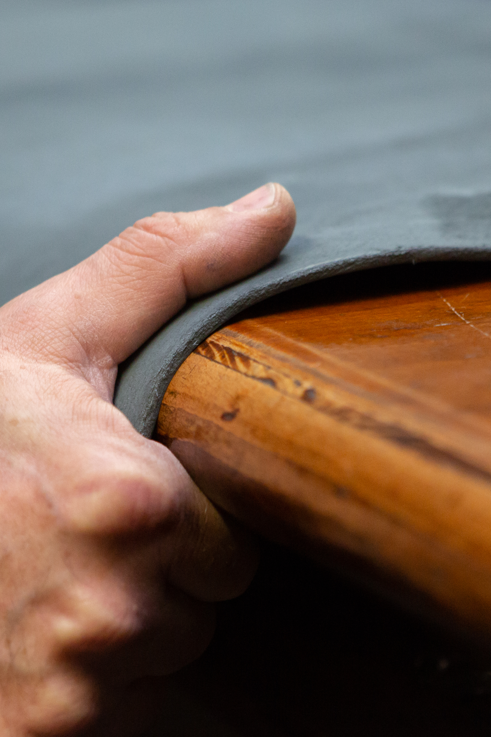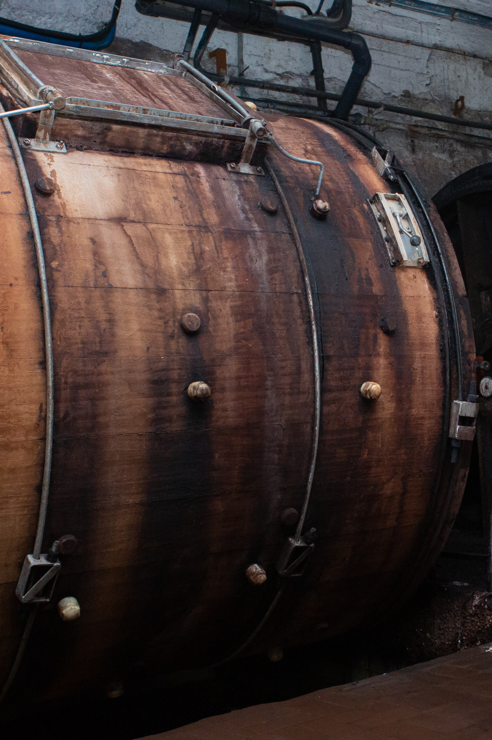Original content by: COTANCE
We often hear about massive floating “islands” of plastic polluting our oceans, yet leather is never part of that conversation. The reason is simple: leather is a natural and biodegradable material. Unlike plastic, which lingers in the environment for centuries, leather decomposes naturally at the end of its life cycle.
The Science of Leather Biodegradability
When produced using natural or bio-based tanning agents and biodegradable additives, leather can break down in industrial composting within just 20 days, a timeframe comparable to organic waste. While all materials eventually degrade, what sets leather apart is its ability to decompose quickly and safely, transforming into compost that enriches the soil with vital nutrients. This characteristic not only positions leather as a valuable element of the circular economy but also makes it one of the most sustainable materials in fashion.
Biodegradability refers to the process in which microorganisms break down organic materials into simpler components like carbon dioxide, water, and ammonia. Compostability, a measure of biodegradation, ensures that a material decomposes into biomass without releasing harmful substances. The speed and environmental impact of leather’s degradation depend on the tanning chemistry used. The industry is making remarkable progress in creating fully biodegradable leather, but even conventionally produced European leather demonstrates the ability to decompose naturally.
Scientific Evidence Supporting Leather’s Sustainability
Recent studies confirm leather’s superior biodegradability compared to synthetic and plant-based alternatives. Research conducted by A3 Centro de Innovación del Cuero, Universitat de Lleida, and the University of Ege revealed that specially treated authentic leather degraded entirely within 21-25 days, while wet blue leather took slightly longer, between 31-35 days. In stark contrast, synthetic alternatives such as Piñatex® and Desserto® showed no signs of decomposition even after 90 days, highlighting leather’s distinct advantage in minimizing long-term waste.
Another investigation by Karl and Inge Flowers at Authenticae Limited demonstrated that vegetable-tanned leather compost significantly enhanced plant growth by 74%, proving its potential to enrich soil. Meanwhile, the majority of faux leather alternatives displayed poor biodegradability, raising concerns about their environmental footprint. Additional research from INESCOP and the University of Alicante underscored the potential of eco-friendly leather finishes to further reduce the material’s environmental impact, aligning leather production with circular economy goals. Some of these finishes not only showed high biodegradability but also contributed to improved plant growth, reinforcing leather’s role in sustainable practices.
A Material for the Future
Leather strikes a unique balance between durability and biodegradability. With its ability to transform waste into a resource, support closed-loop production cycles, and return naturally to the environment at the end of its life, leather stands out as one of the most sustainable materials available. Its properties make it a key player in achieving the European Green Deal’s objectives, supporting eco-design regulations and waste management initiatives.
Choosing leather means choosing a material that respects the planet.
























